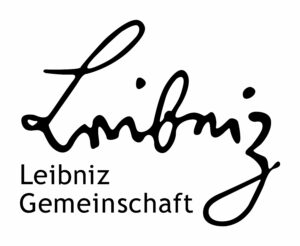
Hernan Flores
Hernan Flores received the B.Sc. degree in Geophysical Engineering from the University Simon Bolivar, Venezuela in 2015, and the M.Sc. degree in Groundwater Management with a specialization in environmental risks management in 2020 from the TU Bergakademie Freiberg, Germany. From 2018 to 2021 he started his career as junior researcher at the Exploration Technologies Department at the Helmholtz Institute Freiberg for Resource Technology – Helmholtz-Zentrum Dresden-Rossendorf (HZDR), Freiberg, Germany. Since 2021 he has worked as research associate with the Geomonitoring Department, Research Center of Post-Mining, Technische Hochschule Georg Agricola, Bochum, Germany.
Research interests
His research interests includes mine waste management and water monitoring using innovative sensors at multiple scales with particular emphasis on hyperspectral imaging applications and machine learning. He has been a manuscript reviewer for the Mine Water and Environment Springer Journal of Selected Topics in Mine water, Hydrogeology and Remote Sensing.

